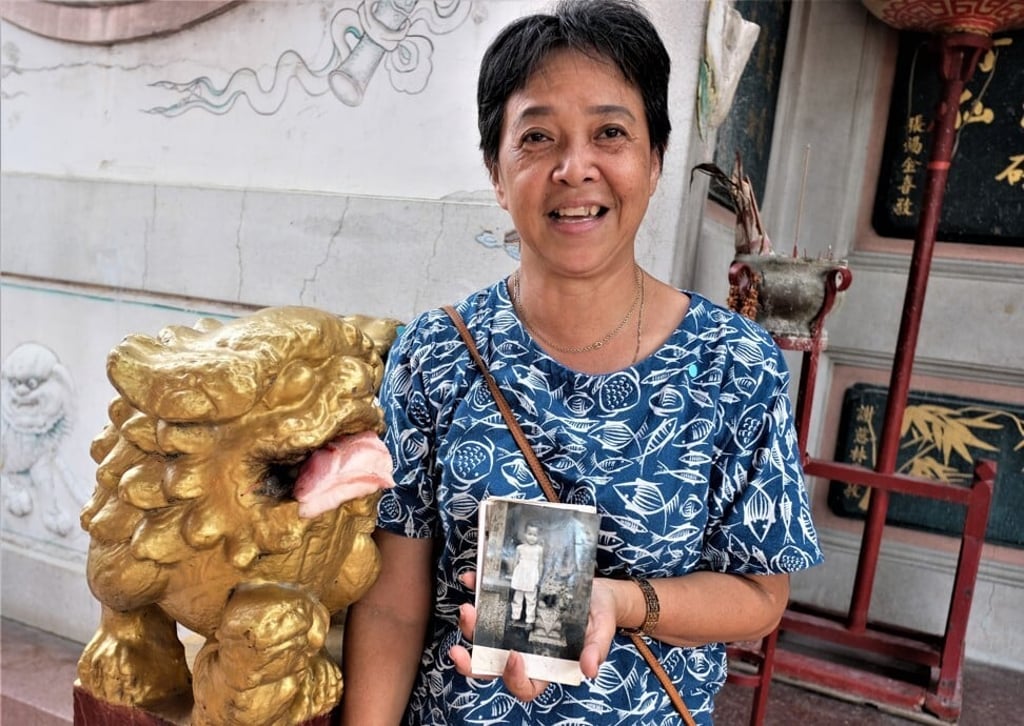Bangkok sea goddess temple under threat of redevelopment, but locals say the ‘Queen of Heaven’ wants to stay put
- The exquisite temple was once the heart of a Chinese-Thai community but landowner Chulalongkorn University is threatening to build high-rises on the site
- Local residents are outraged and have vowed to protect the structure, with the help of a group of students who have been staging protests

Three large Chinese characters painted in gold over the entrance declare that the shrine of Chao Mae Thap Thim in central Bangkok is the “Palace of the Queen of Heaven”. The sea goddess Mazu, to whom the temple’s name refers, is believed to inhabit the premises, but that may not be true for much longer.
Also known to locals as A-Ma – mother or grandma in Chinese – the deity does not seem keen on having her place of worship moved from its current location in a gravelly expanse that serves as a car park.
“A-Ma doesn’t want to go,” says Wanphen Ploysisuay, an ethnic Chinese-Thai woman whose family has been tending the shrine for generations. “She wants to stay. She has told us.”
The goddess communicated via crescent-shaped wooden jiaobei blocks used for divination. Asked if she agreed to relocate, Mazu answered emphatically “no”, Wanphen says.

However, the Queen of Heaven may need to move just the same.
Her imposing and exquisite sanctuary was built by immigrants from southern China in a Hokkien style. It once stood in a quaint century-old Chinese-Thai community of shopkeepers, famed for their street food and for running small businesses such as bicycle repair shops. But a few years ago entire blocks of their shophouses were demolished so the area could be redeveloped. Only their historic shrine remains and its days, too, could be numbered.